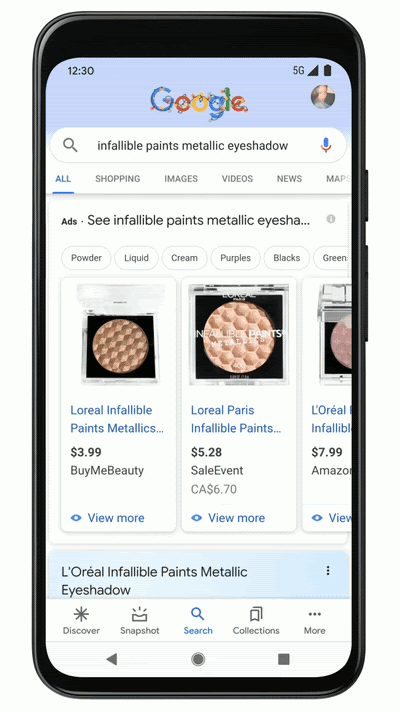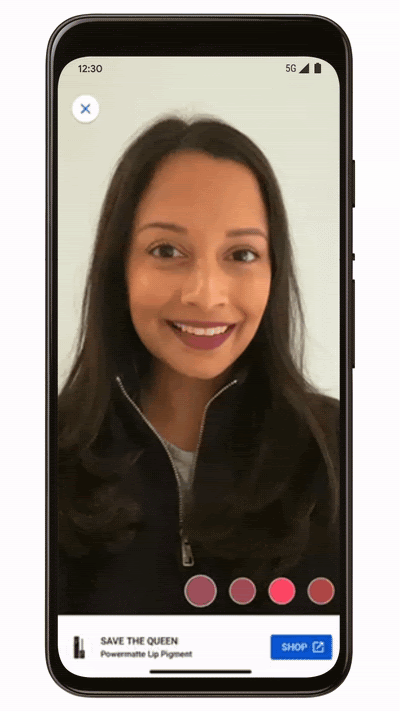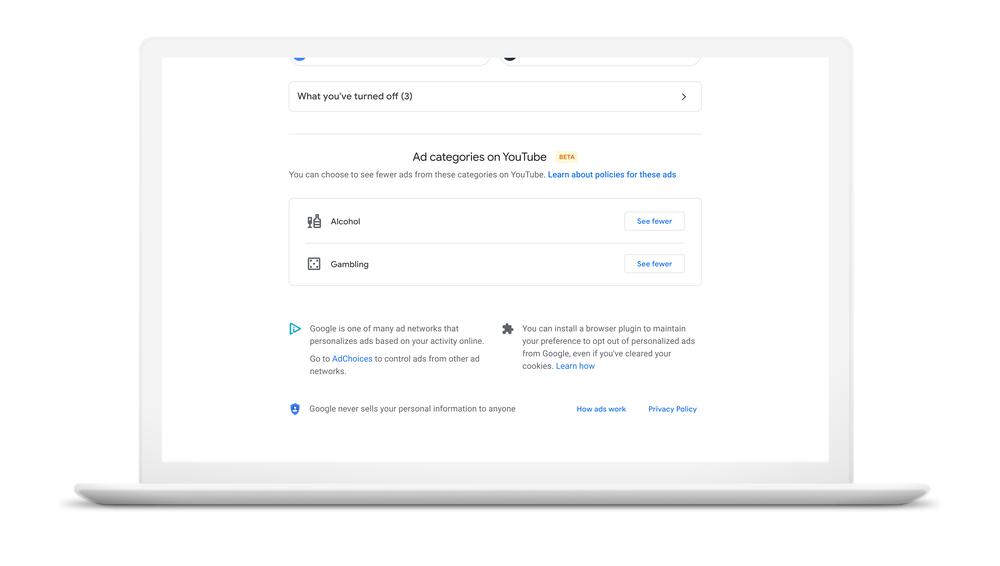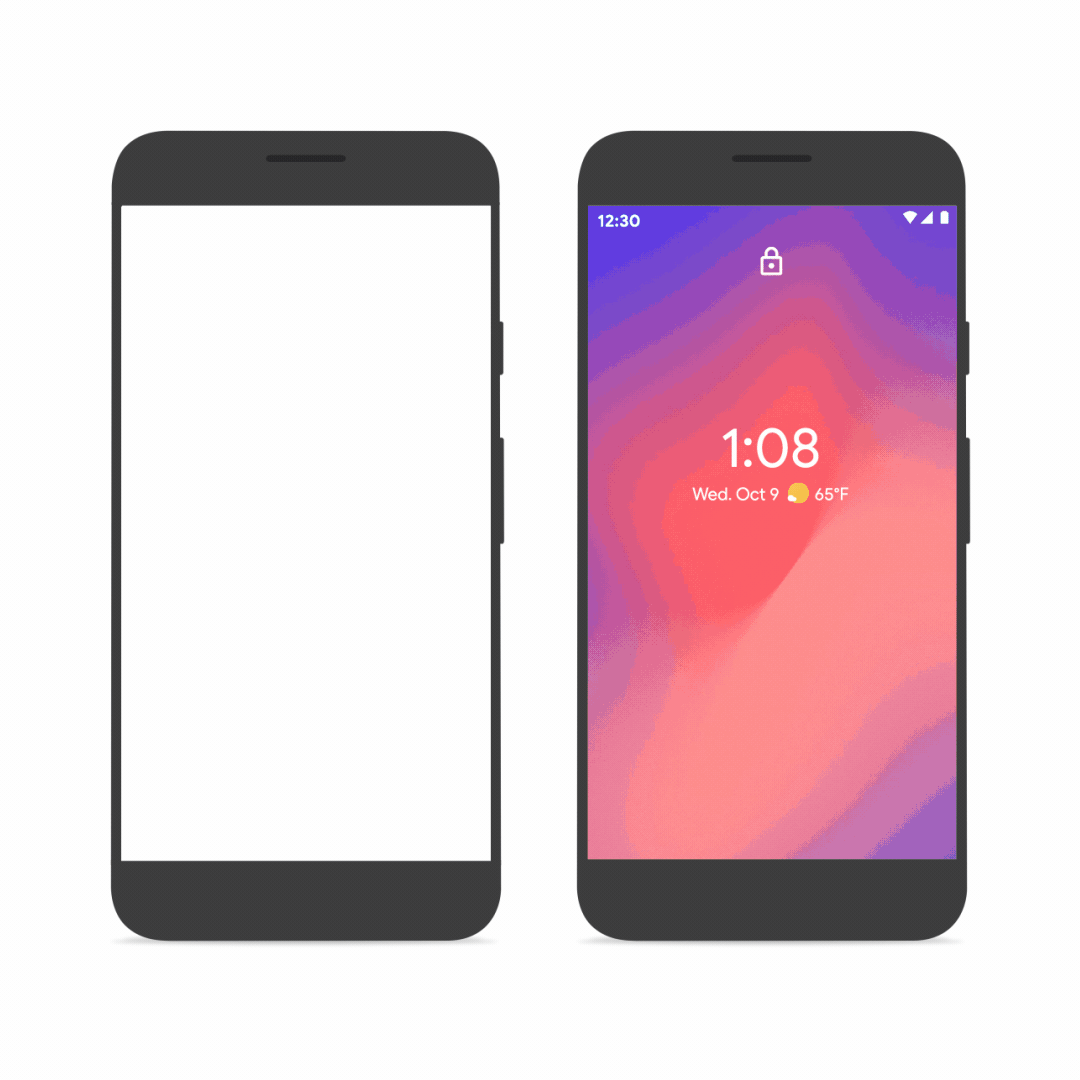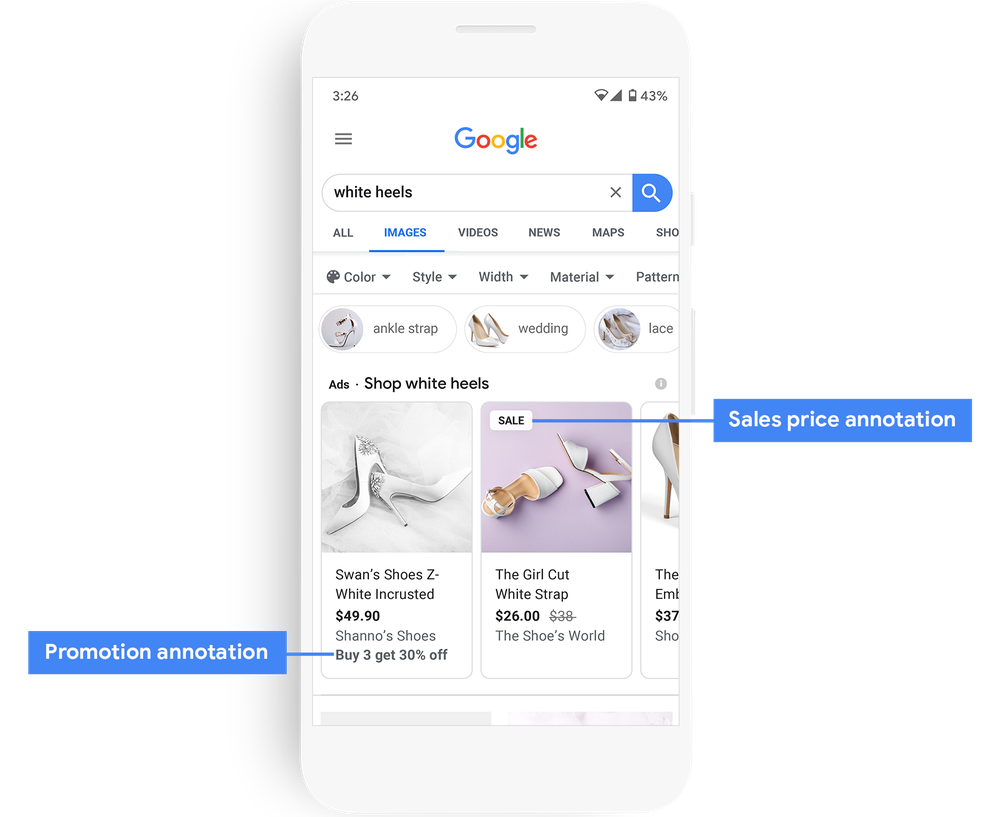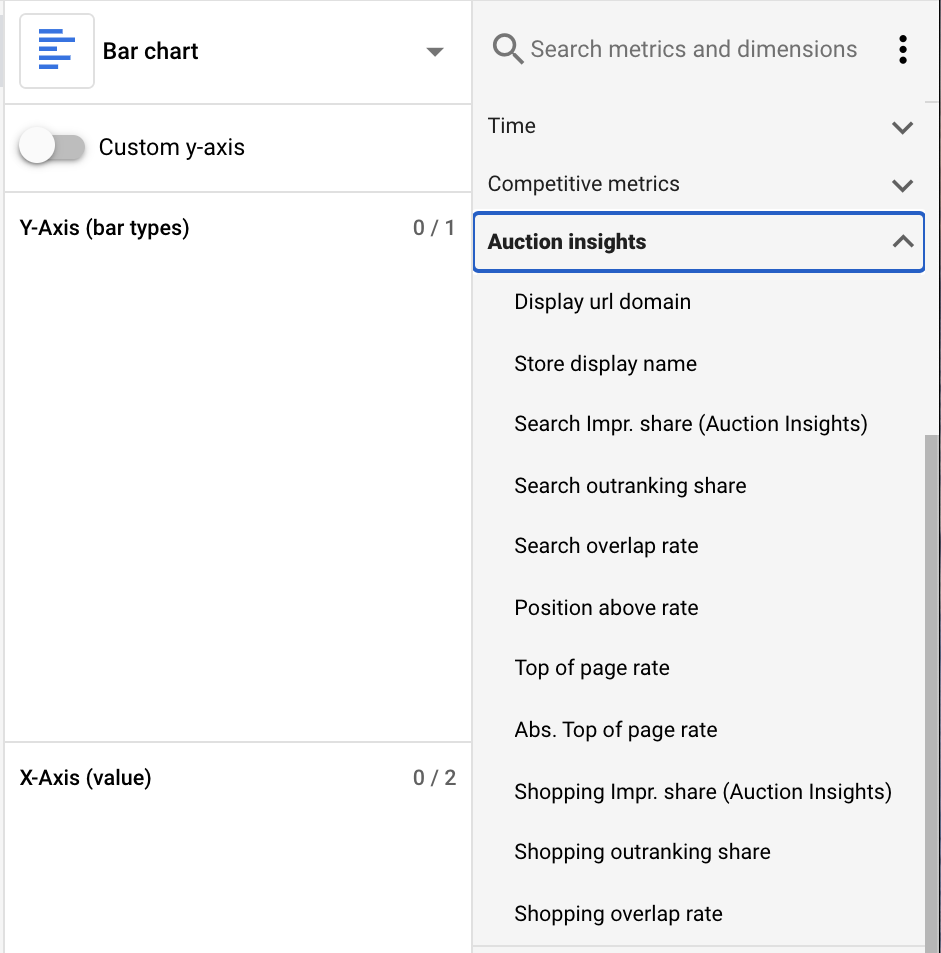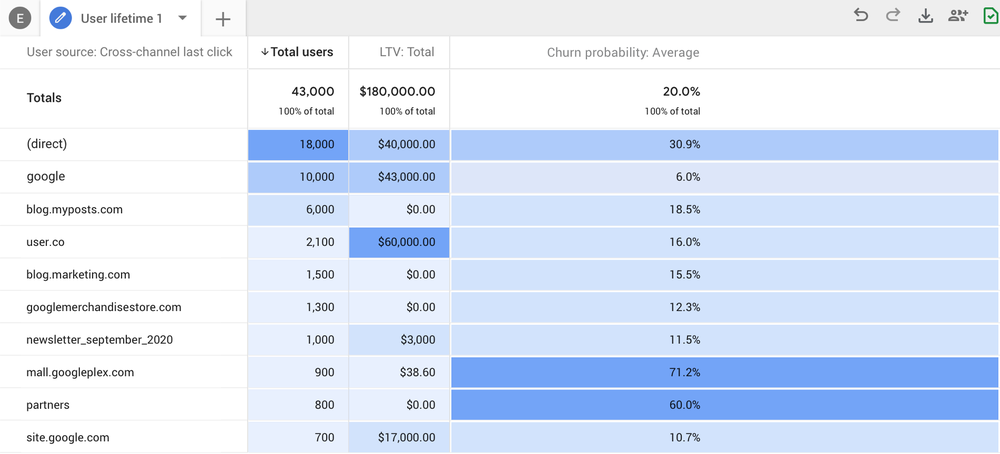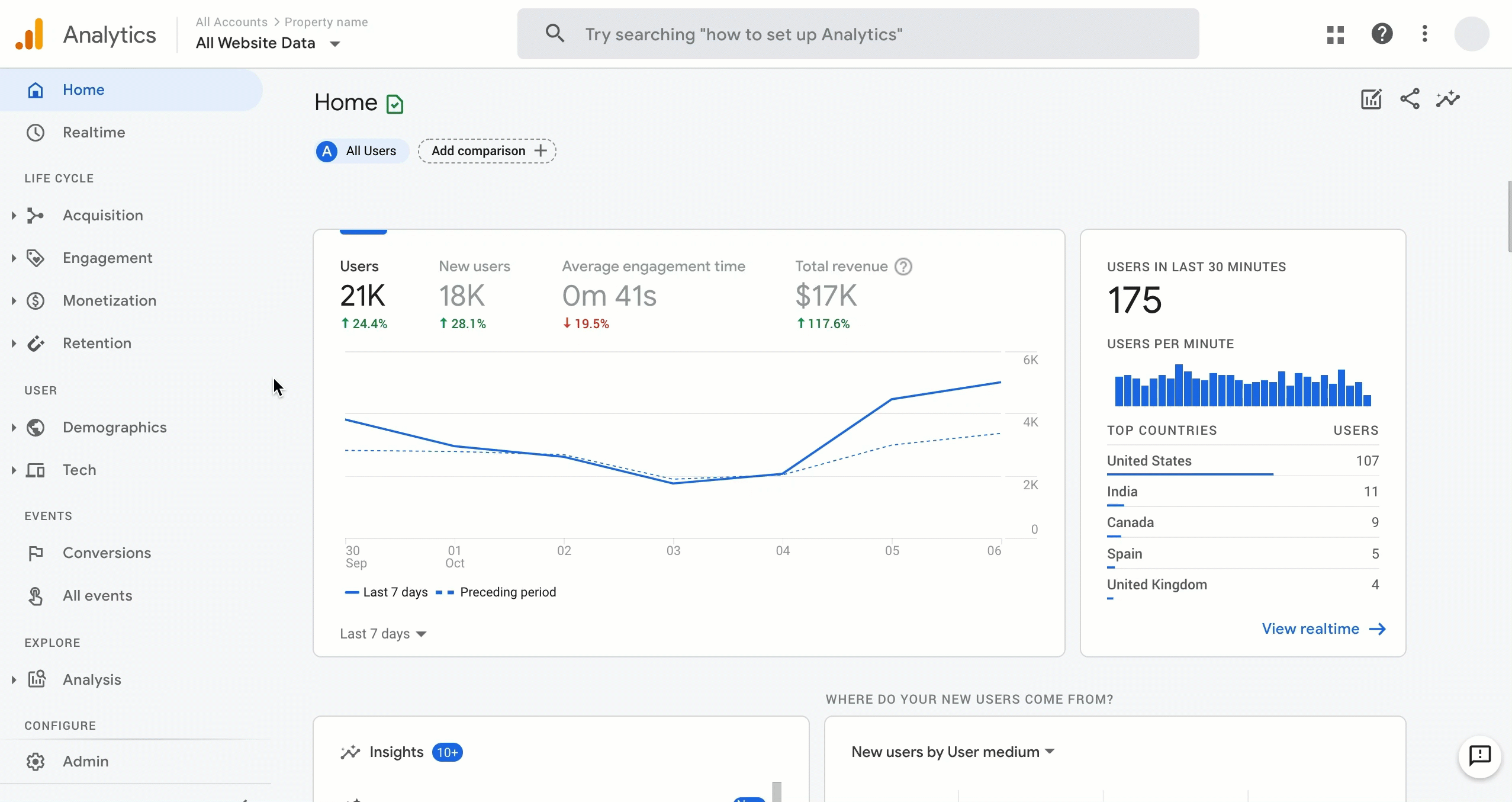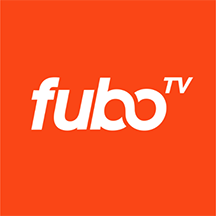While the past 12 months have been difficult for both travelers and the travel industry, we’re optimistic about the road ahead. People are eager to know when they can travel again, and travel companies are wondering how they can best meet consumer needs once the pandemic subsides. We’ve been helping answer some of these questions with data-driven tools for users and the travel industry – but this is only one piece of the puzzle.
When travel does resume in earnest, it’s crucial that people can find the information they’re looking for and easily connect with travel companies online. For many years, we’ve helped travelers choose the right hotel by providing a list of relevant properties, along with information like reviews, photos, and hotel amenities. Hotel booking links have been offered via Hotel Ads, which display real-time pricing and availability for specific dates of travel. We've seen that users find these hotel booking links to be highly useful, and partners find them to be a valuable source of potential customers.
Now, we’re improving this experience by making it free for hotels and travel companies around the world to appear in hotel booking links, beginning this week on google.com/travel. With full access to a wider range of hotel prices, users will have a more comprehensive set of options as they research their trip and ultimately decide where to book.

For all hotels and travel companies, this change brings a new, free way to reach potential customers. For advertisers, free booking links can extend the reach of existing Hotel Ads campaigns. Our testing of this new feature shows that all partner types — from individual hotels to online travel agents — benefit from free booking links through increased booking traffic and user engagement.
Partners who already participate in the Hotel Prices API and Hotel Ads do not need to take any further action to appear in free booking links, and any hotel or travel company is eligible to participate via their Hotel Center account. Over the coming months, we’ll also continue to improve the onboarding process for new partners on Hotel Center and introduce tools that allow individual hotels to provide their rates and availability directly, without complex technical requirements.
Today’s update is part of our larger effort to ensure people have access to all offers available to them by providing free and easy ways for businesses to connect with people on Google. We made it free for partners to participate in Google Flights early last year, and in April we opened our Shopping tab to free listings for online retail. Over time, we’ll continue building this open platform, so that all partners will have even more opportunities to highlight their information and help people book a flight, find a place to stay, or explore a new destination.
Although the world will certainly look different when travel comes back, our mission to be a trusted source of travel information will remain unchanged. We look forward to building better user experiences and partnering closely with the entire industry in service of this mission.
